I understand the difference between aggregation and composition but I am struggling a bit with association. My current understanding is that an association exists between classes when ‘they use each other’, for example, one object is passed to the other during a method call. See also:
http://www.codeproject.com/Articles/330447/Understanding-Association-Aggregation-and-Composit
Both objects exist independently and, in contrast to aggregation, no object is a container class of the other. Does this mean that both objects MUST have a copy of the other(s) (e.g. 1:m relationship) or how else is the association ‘stored’. Any feedback would be very much appreciated.
